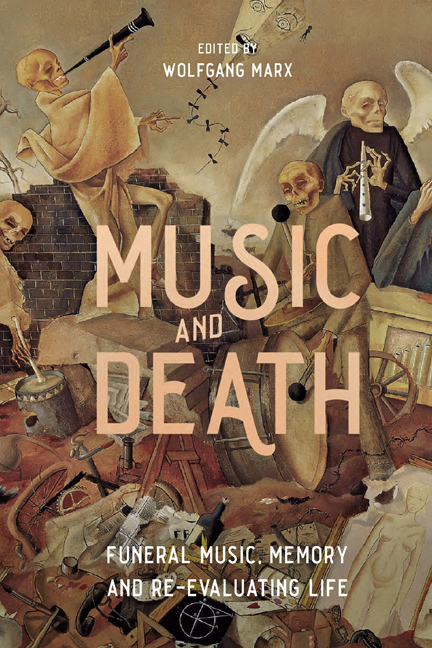1 - Construction and Instruction: Medieval and Early Modern Masses for the Dead
Published online by Cambridge University Press: 12 January 2024
Summary
It would be a mistake to think of the medieval or early modern Requiem Mass. Indeed, it would also be a mistake to assume that a medieval or early modern Requiem Mass was made up of a single group of texts, which could be set by a composer. Although a convenient shorthand, the idea of a Requiem Mass masks the complexity of the liturgical situation in late medieval Europe. The music of a late medieval or early modern Mass for the Dead involved a highly variable constellation of plainchant which differed from place to place and from occasion to occasion. Further, melodic variation was common within each individual piece of plainchant. In the following chapter, I show how the construction of Masses for the Dead, their uses, and the variants within the plainchant used for the Proper chants of the Mass varied significantly throughout Europe. The purpose of this discussion is to offer a geography of Masses for the Dead which allows the later polyphonic Masses for the Dead to be put into proper context.
Masses for the Dead were very common in the late Middle Ages and Early Modern Period. They were used on several different types of occasions. For an individual, there could be a funeral Mass at which the body of the deceased was present before burial, Masses at regular intervals for a period following the burial, and an annual commemoration on the anniversary of the death. Collectively, the dead were commemorated annually on 2 November, the Feast of All Souls. Fur ther, some communities celebrated Masses for the Dead on particular days of the week. The types of Masses for the Dead correspond to these occasions: a burial Mass, an anniversary Mass, a collective Mass on All Souls, or a Mass for another reason.6 In some place, the same music was used for all types of Masses for the Dead, but in others it changed based on the purpose of the Mass.
The Parts of a Mass for the Dead
All Masses for the Dead have the same structure, although the chants that are used are not identical from place to place. The musical elements can be split into two groups (table 1.1) – the Ordinary and the Proper – in the same way that these are split in other Masses. .
- Type
- Chapter
- Information
- Music and DeathFuneral Music, Memory and Re-Evaluating Life, pp. 11 - 33Publisher: Boydell & BrewerPrint publication year: 2023



